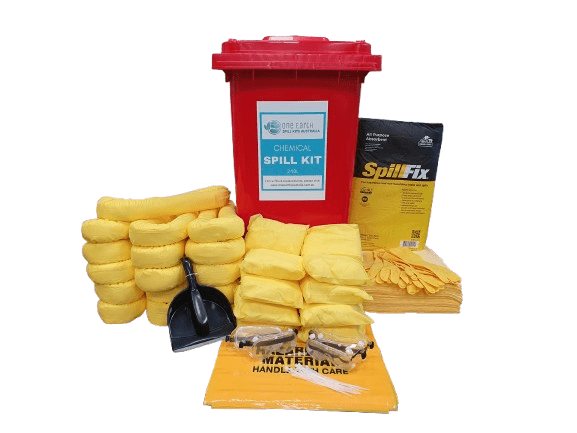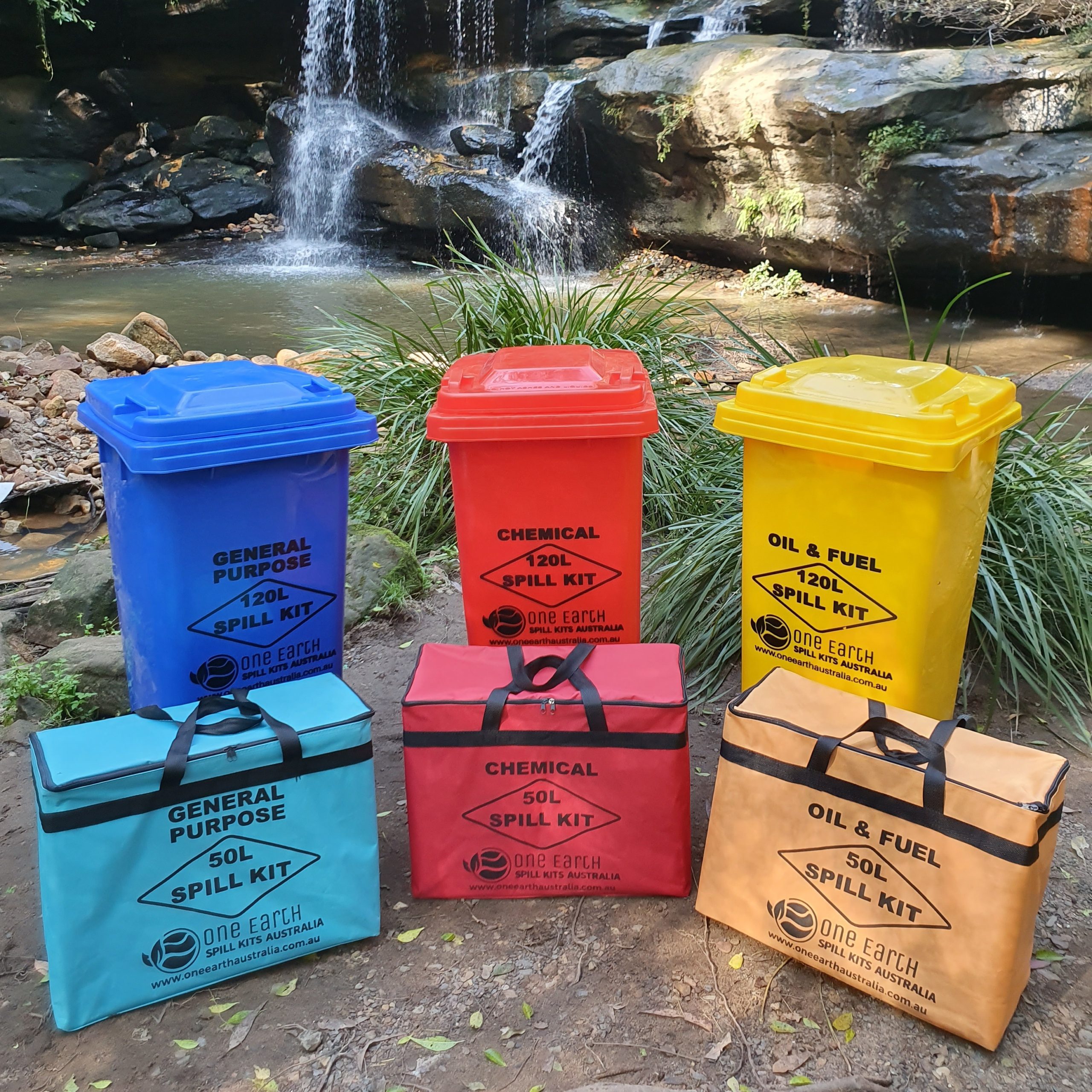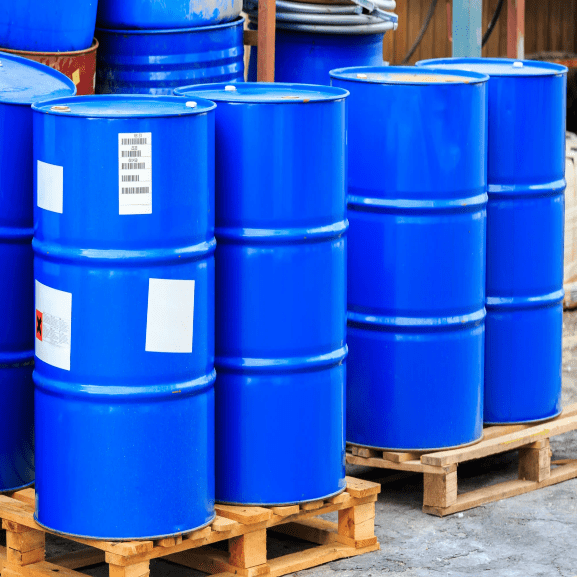Spills are part of many business operations, whether oil leaking from machinery, chemicals spilling in a workshop, or water pooling on the floor. While spills can seem minor at first, they can escalate quickly, posing safety risks, environmental harm, and even legal liabilities. Having the right spill kit on hand is essential to ensure quick and effective response, minimising risks to people, property, and the environment. However, with so many types of spill kits available, ranging from cheap spill kits to emergency spill kits, choosing the right one for your business can be overwhelming.
In this guide, we’ll walk you through the key factors to consider when selecting a spill kit, ensuring you’re prepared for any spill-related challenge.
Understanding the Importance of Choosing the Right Spill Kit
The right spill kit can make all the difference in managing spills effectively. A well-chosen spill kit ensures that your business is equipped to handle spills promptly, protecting employees, customers, and the environment while maintaining compliance with safety regulations. On the other hand, using the wrong type of spill kit can lead to inadequate cleanup, increased costs, and potential fines for non-compliance. By understanding your business’s specific needs and risks, you can select a spill kit that aligns with your requirements and budget.
Step 1: Identify the Types of Spills You’re Likely to Encounter
The first step in choosing the right spill kit is to identify the types of spills your business is most likely to encounter. Different substances require different types of absorbents and protective gear, so it’s important to match the spill kit to the specific risks in your environment.
- Oil and Fuel Spills :
If your business uses or stores oils, fuels, or other hydrocarbons, an oil and fuel spill kit is essential. These kits contain absorbents that repel water, ensuring they only soak up oil and fuel without wasting capacity on water. - Chemical Spills :
For businesses dealing with hazardous chemicals, such as laboratories, manufacturing facilities, or cleaning services, a chemical spill kit is a must. These kits include specialised absorbents and protective gear to safely handle corrosive or toxic substances. - General Purpose Spills :
If your business encounters a variety of spills, including water-based liquids, a general purpose spill kit is a versatile option. These kits handle a wide range of spills, making them suitable for low-risk environments like workshops or warehouses. - Hazchem Spills :
For high-risk scenarios involving flammable or dangerous goods, a hazchem spill kit provides advanced protection. These kits are designed to meet stringent safety standards and include everything needed for rapid deployment during major incidents.
By identifying the types of spills you’re likely to encounter, you can narrow down the options and choose a spill kit that meets your specific needs.
Step 2: Assess the Volume of Spills
The size of the spills you’re likely to encounter is another critical factor in choosing the right spill kit. Smaller spills can often be managed with compact kits, while larger spills may require more comprehensive solutions.
- Small-Scale Spills :
For minor spills, a cheap spill kit or compact spill kit bin is sufficient. These kits are lightweight, portable, and easy to store, making them ideal for small businesses or vehicles where space is limited. - Large-Scale Spills :
If your business operates in an environment where larger spills are possible, invest in a more robust emergency spill kit. These kits include larger quantities of absorbents and tools to handle significant spills effectively.
Assessing the volume of spills helps ensure you choose a spill kit that can handle the scale of incidents you’re likely to face.

Step 3: Consider the Frequency of Spills
The frequency of spills in your business also plays a role in determining the right spill kit. High-risk environments with frequent spills may require multiple kits or larger-capacity solutions, while low-risk areas may only need a single compact kit.
- High-Frequency Spills :
If spills occur regularly, consider investing in multiple spill kits and placing them in strategic locations throughout your facility. This ensures quick access during emergencies and reduces downtime. - Low-Frequency Spills :
For businesses where spills are rare, a single spill response kit may suffice. Focus on affordability and portability, opting for a cheap spill kit or compact solution that meets basic requirements.
Considering spill frequency helps you strike the right balance between preparedness and cost-effectiveness.
Step 4: Evaluate Storage and Portability Needs
Where and how you store your spill kit is another important consideration. The right storage solution ensures that your spill kit is accessible and ready for use when needed.
- Compact Solutions :
For businesses with limited space, a spill kit bin is an excellent choice. These kits come in durable, portable bins that keep all components organised and protected. The bin itself can also double as a temporary container for waste during cleanup. - Portable Kits :
If your business requires mobility, choose a lightweight and portable spill kit that can be easily transported to spill sites. This is particularly important for vehicles, outdoor worksites, or large facilities. - Accessible Locations :
Store spill kits in visible and accessible locations, such as near machinery, storage areas, or high-risk zones. Clearly label storage areas to ensure everyone knows where the kits are kept.
Evaluating storage and portability needs ensures that your spill kit is always within reach during emergencies.
Step 5: Set a Budget and Prioritise Essentials
While it’s tempting to opt for the cheapest option, it’s important to prioritise quality and functionality when choosing a spill kit. A cheap spill kit may save money upfront but could prove insufficient during an actual emergency.
- Affordable Options :
For small businesses or low-risk environments, affordable spill kits provide essential tools for managing minor spills without exceeding budgets. - Comprehensive Solutions :
For high-risk environments, investing in a more comprehensive emergency spill kit or spill response kit is worth the additional cost. These kits include everything needed for effective spill management, from absorbents to disposal materials.
Setting a budget and prioritising essentials ensures you get the best value for your investment.
Step 6: Ensure Compliance with Regulations
Many industries are required by law to have spill management plans and equipment in place. Failing to comply can result in hefty penalties, making it crucial to choose a spill kit that meets regulatory requirements.
- Industry Standards :
Check your industry’s safety standards and regulations to ensure your chosen spill kit complies with all necessary guidelines. For example, businesses handling hazardous chemicals may require hazchem spill kits to meet safety standards. - Documentation and Reporting :
Some spill kits come with documentation and instructions that help streamline reporting and compliance processes. Look for kits that include clear guidelines for use and disposal.
Ensuring compliance not only protects your business from legal liabilities but also demonstrates your dedication to safety and sustainability.
Step 7: Train Your Team and Maintain Readiness
Even the best spill kit is ineffective if your team doesn’t know how to use it. Training and regular maintenance are essential components of spill management.
- Training Programs :
Conduct regular training sessions to ensure employees know how to use the spill kit properly. Include drills to familiarise everyone with the process and build confidence. - Regular Inspections :
Check your spill kit periodically to ensure all components are intact and ready for use. Replace used or expired items immediately to maintain readiness. - Emergency Protocols :
Develop clear protocols for responding to spills, including evacuation procedures, containment strategies, and cleanup steps. Ensure everyone knows their role during an emergency.
Training and maintenance ensure that your team is prepared to respond effectively during a spill incident.
Conclusion
Choosing the right spill kit for your business in Brisbane and Melbourne involves careful consideration of several factors, including the types of spills, spill volume, frequency, storage needs, budget, and regulatory requirements. By taking the time to assess your specific needs and risks, you can select a spill kit that ensures safety, compliance, and peace of mind. Whether you opt for a cheap spill kit, a compact spill kit bin, or a comprehensive emergency spill kit, having the right tools on hand is essential for managing spills responsibly.
Investing in the appropriate spill kit and following best practices for its use not only protects your workforce and the environment but also enhances your business’s reputation as a responsible and sustainable organisation. With the right spill kit in place, you can confidently face any spill-related challenge while minimising risks and costs.





